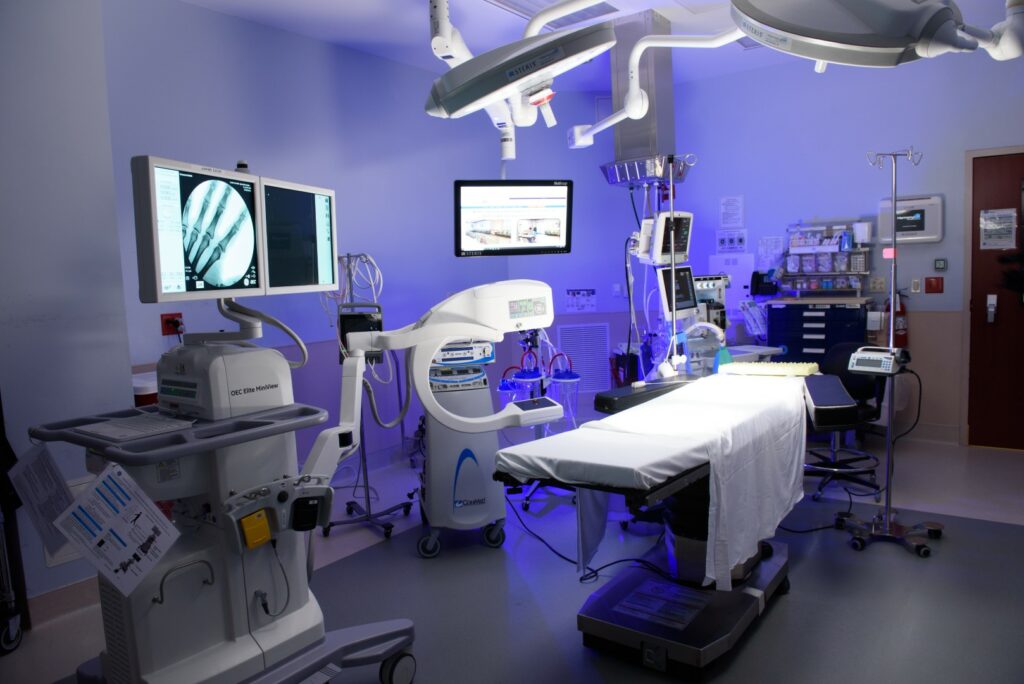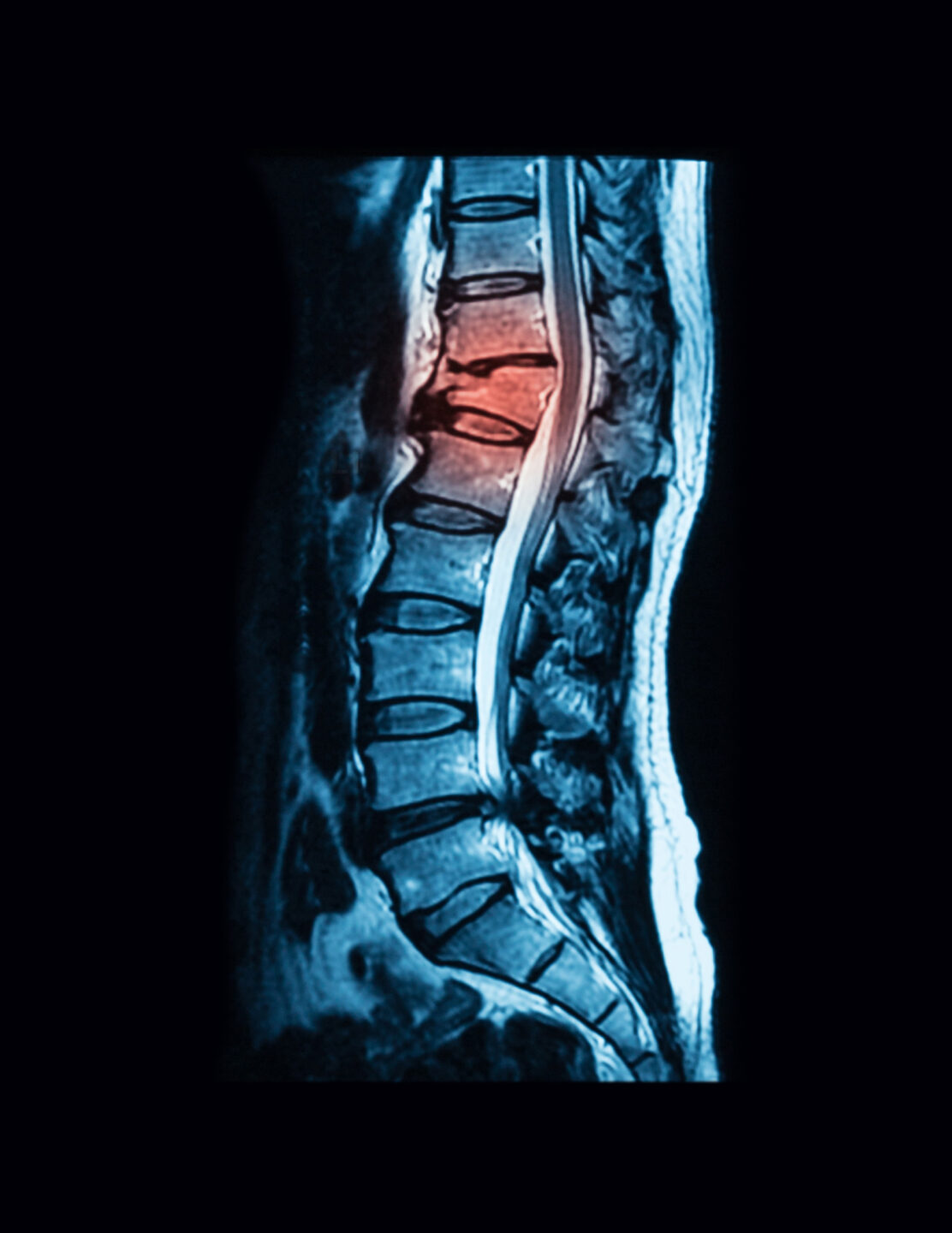Access your own patient portal, provided by NCSH.
Orthopedics
Kyphoplasty: Understanding Your Options for Spinal Compression and Fractures
Tue, Apr 23, 2024

Back and spine pain can be very limiting. Compression fractures in the spine are common sources of pain with several treatment options. A procedure called kyphoplasty can help restore spinal stability and relieve pain. Learn more about this procedure and talk to an orthopedic surgeon to find out if it’s a good option for you.
What Is Kyphoplasty?
Kyphoplasty is a minimally invasive procedure often performed on an outpatient basis to treat compression fractures of the spine. During the procedure, a surgeon inserts a balloon into the fracture and inflates it to make space. The doctor then fills the space with surgical cement. The procedure typically takes less than an hour.
The hardened cement restores the height of the collapsed vertebra, strengthens it, reduces pain, and restores some mobility.
What Does the Kyphoplasty Procedure Treat?
 Kyphoplasty can be used to treat vertebral compression fractures. These fractures occur when a vertebra bone collapses. Causes of vertebral compression fractures include:
Kyphoplasty can be used to treat vertebral compression fractures. These fractures occur when a vertebra bone collapses. Causes of vertebral compression fractures include:
- Osteoporosis
- Traumatic injury
- Tumors
Osteoporosis is the most common risk factor for a compression fracture. With low bone density, even a simple activity like stepping heavily, lifting objects, or sneezing can cause a fracture. Postmenopausal women are at greatest risk for a vertebral compression fracture. The risk increases for both men and women as they age.
Vertebral compression fractures cause pain, reduced mobility, and eventually deformity and disability if not treated. Compressed vertebrae become wedge-shaped, thinner on the front than the back. Multiple wedge-shaped vertebrae due to compression may cause the spine to curve, a condition called kyphosis. This can restrict breathing and put pressure on abdominal organs.
Who Is a Good Candidate for Kyphoplasty Surgery?
An orthopedic surgeon specializing in back and spine conditions can assess your fracture and determine if you are a good candidate for kyphoplasty. Many orthopedists recommend conservative treatments first, including rest, pain medications, and physical therapy.
Your surgeon may recommend kyphoplasty if these methods fail to provide adequate pain relief or restore mobility. You might also be a good candidate if your pain is severe or worsening and limits your activities. Kyphoplasty is not used for other spine conditions that cause pain, like a herniated disk or stenosis.
What Is Kyphoplasty Recovery Like?
Kyphoplasty is a minimally invasive surgery, so you should be able to go home the same day. Most patients can return to most normal activities about 24 hours after the procedure. You will likely need to refrain from strenuous activity and lifting heavy objects for at least six weeks.
Recovery from any surgery takes time, and the timeline varies by procedure and patient. Your surgeon will provide a detailed timeline of what to expect in recovery and what you can and cannot do before you are fully healed.
What Is Vertebroplasty?
Vertebroplasty is a procedure similar to kyphoplasty that can be used to treat vertebral spinal fractures. It is minimally invasive and involves the injection of surgical cement into the compression fracture using a hollow needle.
Kyphoplasty vs. Vertebroplasty—Is One Better?
The only difference between the two procedures is the use of the balloon in kyphoplasty to expand the space around the fracture before injecting cement. Both kyphoplasty and vertebroplasty are considered safe procedures with only rare complications.
However, studies have shown that complications are more common in vertebroplasty. They also show that kyphoplasty is better at elevating the collapsed vertebra to the appropriate height and reducing kyphosis, at least initially. Both procedures provide significant pain relief for most patients. Your surgeon will explain the procedures and which option is best for you.
If you have experienced sudden back pain or have worsening back pain with reduced mobility or rounding of the spine, you may have a compression fracture. Learn more about back and spine procedures performed at NCSH and how we can help you get a diagnosis and treatment plan.
RELATED NEWS

What Are 2 Warning Signs of a Rotator Cuff Tear?
Do you have sharp pain or weakness in your shoulder? They could be warning signs of a rotator cuff tear. NCSH explains what you must know and do.
Continue Reading

Pinched Nerve in Your Shoulder? 6 Treatment Options
A pinched nerve in the shoulder occurs when there is increased pressure or compression on one of the nerves in the area, resulting in pain, numbness, or tingling in the shoulder, as well as potentially…
Continue Reading
Stay Current
Educational Articles & More
View News & Press
